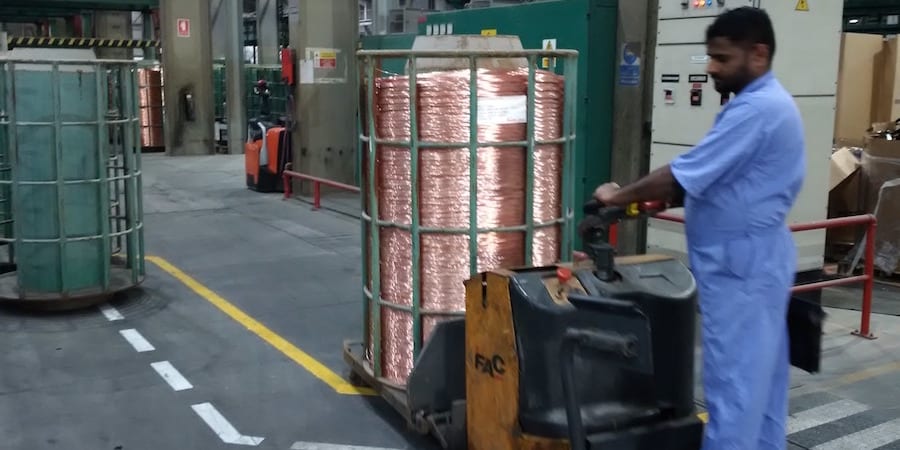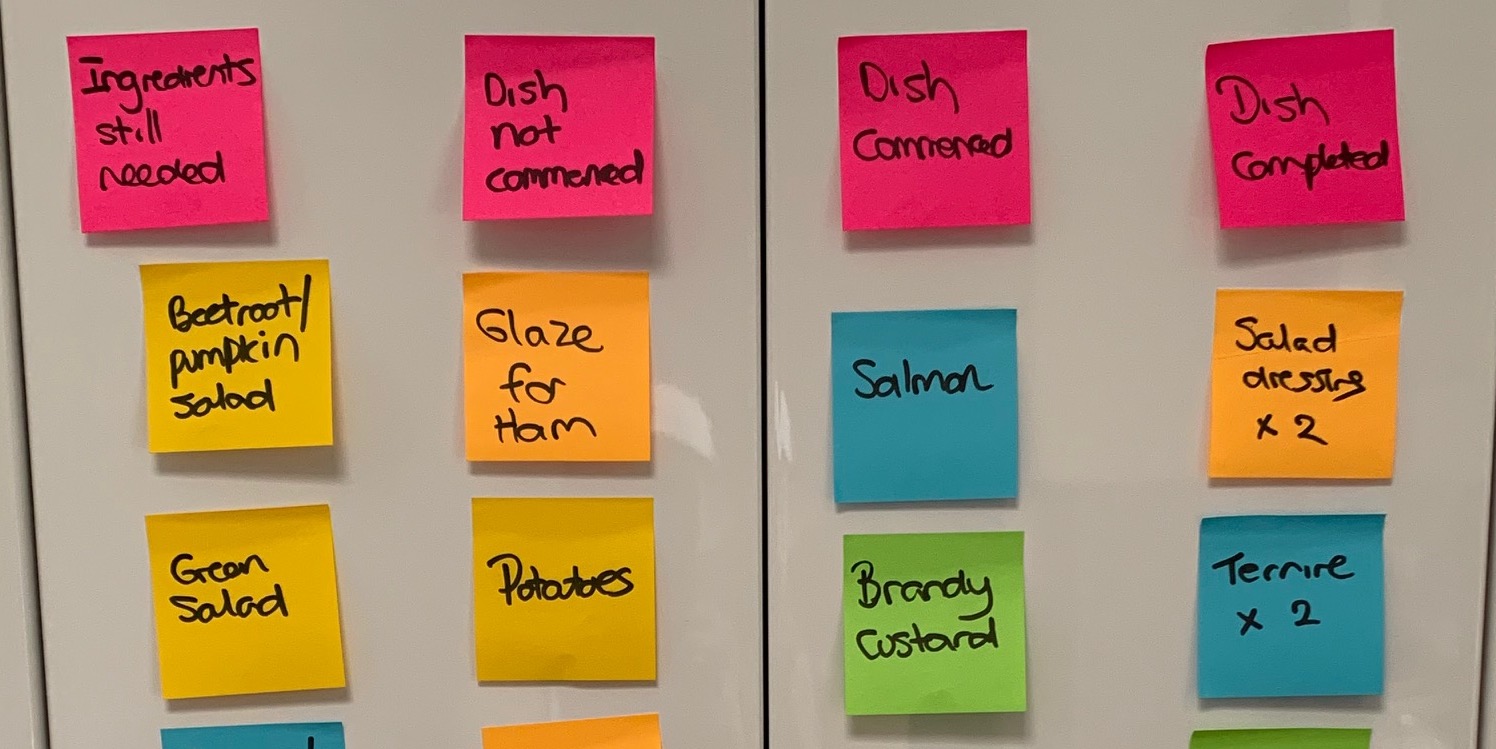
Embrace innovation, empower people, pave the way for change
OPINION - Managers who want to hold on to their hierarchically controlled businesses and defend them against creativity and change are not protecting their organizations, but putting them at risk.
Words: Boaz Tamir, President, Israel Lean Enteprise
Over the past decade, terms like innovation, creativity, flexibility, and change have become commonplace in management schools and have come to represent the theoretical basis for managerial training. Consulting companies have also started to use them, to sell their recipes for growth, profitability, and sustainability, and to promise to rehabilitate or cure organizations.
Today's managers, sensing that their organizations are going towards a dead end, are finding it difficult to make decisions under the current conditions of uncertainty. They demand, therefore, that their employees search for creative solutions – as if it were possible to be creative on command – and encourage them to "think outside the box." But what are the value, purpose or limitations of that box? None of those managers could tell you.
Yet, they often talk to me about their desire to change. At the same time, it is easy to see their frustration, suspicion or even cynicism towards the difficulties that come with generating change. Too often, despite their intentions, talents and sense of urgency, nothing changes, and many managers feel that their organization is fossilized and lacking in creativity. The problem is that, although they see themselves as leaders, their statements about the need to change tend to remain little more than slogans written on posters that rarely turn into concrete actions.
Why is this?
A senior manager and entrepreneur recently reminded me of the saying, "People who live in a glass house should not throw stones." It is clear that many managers today feel that they are working in a glass house that could be shattered at any minute. An unexpected creative action, taken by a production worker, could – they fear – undermine stability and lead the organization to disaster. They prefer to continue following their well-paved and familiar routes, and the more senior their position, the greater their effort to prevent any kind of shock waves. Locked into their offices, it is difficult for them to see what is going on outside the four walls surrounding them. Consequently, they are perceived – perhaps rightly so – as only invested in maintaining their position and ensure the advancement of their careers rather than in improving the organization's flexibility and innovation capabilities.
A colleague of mine told me, "In established companies, innovation is perceived as dangerous, even though the efforts to preserve stability and conservatism are holding the organization down and leading to boredom. The greatest thrills for this community of managers are power struggles over promotions. So their creativity is channeled into interpersonal clashes, while anyone outside the glass house – customers, workers, suppliers – is forced to wait until management gets around to attending to their needs."
"The glass organization," my colleague concluded, "is fragile and can't provide any security over the long term, and the constant effort to defend it turns it into an obstacle to change, which forces the managers to face a cruel (strategic) dilemma: to continue to defend the glass house, at the price of disconnecting from the marketplace, or to deal with the challenges of the marketplace at the risk of shattering the structure?"
My point of view is a bit different.
The instability and volatility now present in the business world put the existence of organizations at risk, and this requires managers and workers to invest energy, talent and determination in learning and sharing new ways of coping with market conditions. On the one hand, managers are not unaware of the underlying processes that have redefined the nature of the market: not only must they (and other decision makers) be creative and flexible, but they also need to help workers to become more creative and flexible. On the other hand, the usual, familiar solutions focus on processes of "operational excellence" and control, through tools such as Management Information Systems (MIS), production and logistics – processes that are intended to protect the glass house by maintaining stability and cutting back on expenses. In most cases, these activities perpetuate the current situation rather than improve the fragile nature of the business, and when they are implemented separately, they can even choke creativity.
It becomes evident that the real glass house is not outside, but inside managers' minds. The quest to continue to employ well-known means of operation and to stay within safe routines stems from the fear of risking what they already have, the convenience of their status, the remuneration, and the need to control – and these are the true glass walls that block any possibility to move. Yet, over time, they don't provide any real protection. This is the reason why traditional managers often consider striving for creative action and for the development of a way of thinking that can help the organization to stand up to the current environment as a threat to their modes of management. But, actually, the true risk comes from their way of controlling (or trying to control) the reality they are so familiar with! Of course, all creativity entails a measure of risk, but the lack of innovation is even riskier: almost no one can allow himself to remain in a glass house. Someone who throws stones (as in, creativity and change) had better get out of the glass house of traditional management and move on to more stable, empowering perspectives.
After he was fired from the management of Apple in 1985, Steve Jobs watched from the side as the company's managers hunkered down in their glass house, bringing the firm to the edge of the abyss. In 1998, when he was called back to save Apple, Jobs 2.0 shattered the glass house. He taught Apple's workers how to throw stones and introduced a different way of thinking. In order to create a safe haven in which stone-throwers could thrive, Jobs resolutely transformed the administrative hierarchy of old Apple into a meritocracy of expert entrepreneurs. Enthusiastic workers were imbued with an insatiable desire to reach perfection, professionals became responsible for designing a great user experience, while product designers, software engineers and marketers were all transformed into a protected elite.
How many senior managers do you know who have invested the necessary effort and dared leave their protected space in their glass house, the one that led them to safety, in order to encourage others in the house – managers, workers, suppliers and the community – to work creatively and think differently? How many dared encourage people to throw stones at the house because it had become a prison that could no longer protect them? How many of you recognize the managers who make declarations about the importance of creativity and flexibility and even hire (external) advisers, but are not really determined to make changes and sometimes even prevent the organization internal staff from acting creatively and taking initiative because they are afraid of losing control or are concerned that any concrete action could turn into a stone thrown at the walls of the house?
The test of leadership for managers in an unpredictable business environment lies in their ability to encourage the residents of the glass house to stop being over-cautious and to daringly cope with the problems and challenges inherent to a changing environment. I am not talking about reckless organizational risk-taking, but about a re-examination of our approach to management. Making this happen requires the creation of a solid process that ensures common learning through experimentation (PDCA).
Disrupting that which already exists enables an organization not only to break through the glass ceiling of conservatism towards innovation, but it also ensures sustainability and its commercial success. Where will we find the leaders who are willing to make the effort and take the risk of doubting, critically challenge and thinking creatively in their daily working life?
THE AUTHOR

Boaz Tamir is founder and president of Israel Lean Enterprise. He has extensive experience in entrepreneurship, turn around processes, company management, and academic research, and has contributed his knowledge to the business development and marketing of some of the largest and most successful organizations in Israel. Tamir is a founding and managing partner of Montefiore Partners Venture Capital Fund and has also served as founder and director of Romold Group, a multinational company specializing in environmental technologies and the development and production of infrastructure products for water and waste-water management and telecommunication. Tamir holds a Ph.D. in Political Science and Management from MIT.
Read more


INTERVIEW – A former VP of Operations from Thales tells Catherine Chabiron how he and his team turned around their department by committing to lean thinking and focusing on people development every day.


FEATURE – If we have high-volume (green) and low-volume (red) items in our production schedule, doesn’t it make sense to also have dedicated green and red equipment whenever possible?


FEATURE – With an open-minded approach to improvement tools, a long history of quality and engaged top leaders, wire manufacturer Ducab aims to fulfil the strategic needs of the Emirates.


FEATURE – The holidays are a time for reflection. The author shares some her reflections on her experience with lean thinking and the role of leadership in a lean transformation.

